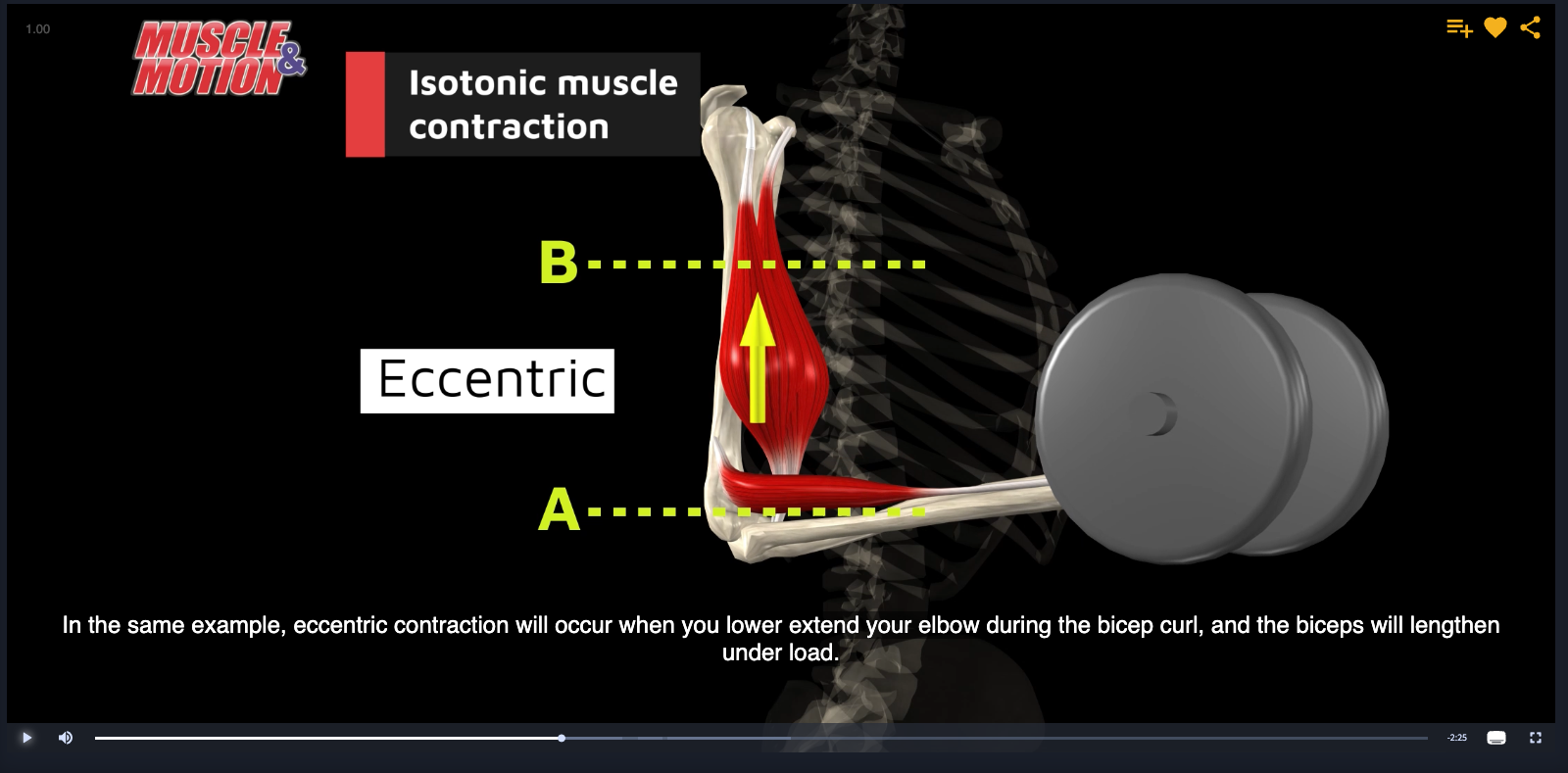You Got It!
Taking Advantage Of The Stretch-Shortening Cycle For Kendo
Thanks to @drtroosevelt, I learned about the stretch-shortening cycle. He left a link to a research paper, “WHY FENCERS SHOULD BOUNCE: A NEW METHOD OF MOVEMENT TO ENGAGE THE STRETCH SHORTENING CYCLE” by Anthony N. Turner, PhD, ASCS, CSCS*D and Johan Harmenberg, MD, PhD. Even though this is about fencing, I thought kendo practitioners can also make good use of this.
What Is The Stretch-Shortening Cycle?
I read many other articles besides the research paper mentioned above. As you know, I am not a specialist in this field, and understanding took me some time. So, forgive me if I get some things wrong 🙂
This isn't anything out of the ordinary. We do it all the time, like when jumping, without even realizing it. But what's special is that we can utilize the stretch-shortening cycle (SSC) to maximize the power and speed of our actions!
For power and speed maximization, a “pre-stretch” action is necessary. Many articles compare the countermovement jump (CMJ) and the squat jump (SJ). You can read one of these articles at Science For Sport. The difference between CMJ and SJ is whether you are already in motion before you jump. You're supposed to get more height with a CMJ than an SJ.
CMJ |
SJ |
Type of Muscle Contraction
Click this link "Type of Muscle Contraction" at Strength Training by Muscle&Motion.
For the SJ, you must already be in the squat position. For the CMJ, you squat from standing and then jump. This series of movements in the CMJ exemplifies the SSC. The squatting (stretching) phase is known as the eccentric phase. The transition from squatting to jumping is the amortization phase. The jump itself is the concentric phase.
My takeaway is this: To increase power and speed, stretch the muscles and shorten them without lingering in the amortization phase. And this isn't just about jumping. If we apply the SSC to our kendo movements, we might improve the strength and speed of our strikes.
Applying it to Kendo
The study suggests using the toes to move around instead of pushing off from the heels for SSC benefits. It states "heel strikes" are not ideal. This sounds familiar, doesn't it?
In 'traditional' fencing, movement isn't led with the toes but the heels. The paper argues that by using their toes instead of their heels, fencers could move faster and more powerfully by utilizing the SSC.
We, the kendoists, move with our toes on the floor and use them to advance and retreat. I believe, from my 43 years (as of July 2023) of kendo experience, that using our toes to move around is the optimal way in kendo too.
Kendo Foundation Development: Footwork (Ashi-sabaki)
But many beginners and even some dan holders lift their toes when moving forwards and backwards. This isn't utilizing the SSC and clearly, they move more slowly than those who use their toes to move around.
It's clear that kendo and fencing share similar views on how we move back and forth. Although I don't agree with keeping the back heel too high, I do agree with moving back and forth with the toes.
Next, I want to discuss how we can train to extract the most from the SSC. I concluded that SSC training such as plyometrics can help all kendoists, from beginners to advanced.
Many later starters have coordination issues. They often can't synchronize striking and footwork. Plyometrics might help these late starters learn the kendo movements faster while also gaining more power and speed.
Improving Training
From my observations, novice kendoists often neglect proper footwork, focusing more on striking techniques. The key to accessing the benefits of SSC is synchronizing footwork with body and sword movements.
Understanding SSC mechanics is critical, and it's essential to integrate it into our regular training. Plyometrics, exercises involving jumping, hopping, and bounding movements, could help kendoists enhance their movement's explosive power.
Introducing Plyometrics in Kendo
I've introduced some basic plyometric exercises in my videos.
- Jumping ropes,
- box jumps, and
- skipping
are simple yet efficient ways to train our bodies to utilize the SSC, improving our kendo performance.
Remember, focus on the movement quality, not quantity. Each movement should mimic kendo motions, teaching our muscles to effectively use the SSC.
Conclusion
Understanding and applying the SSC could change your kendo dramatically. Plyometric exercises in our training could help kendoists at all levels improve their coordination, power, and speed.
Continuous learning and improvement are central to kendo. The exploration of the SSC is another step in my journey, and I invite you to join me in exploring its potential benefits to kendo. It's about achieving harmony between body and mind. The power of the sword comes from the spirit.
It may seem complex, but be patient. It's not about being better than others; it's about being better than you were yesterday.
I hope this article has been enlightening. If you have any questions or experiences to share, please leave a comment. I look forward to hearing from you. Keep practicing and enjoy your journey in kendo.
- Home
- Articles by Categories
- SSC and Bouncing Movement


